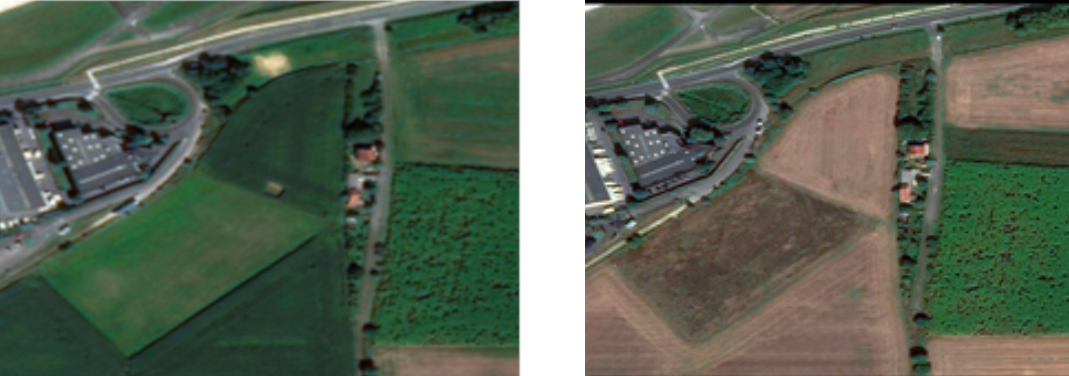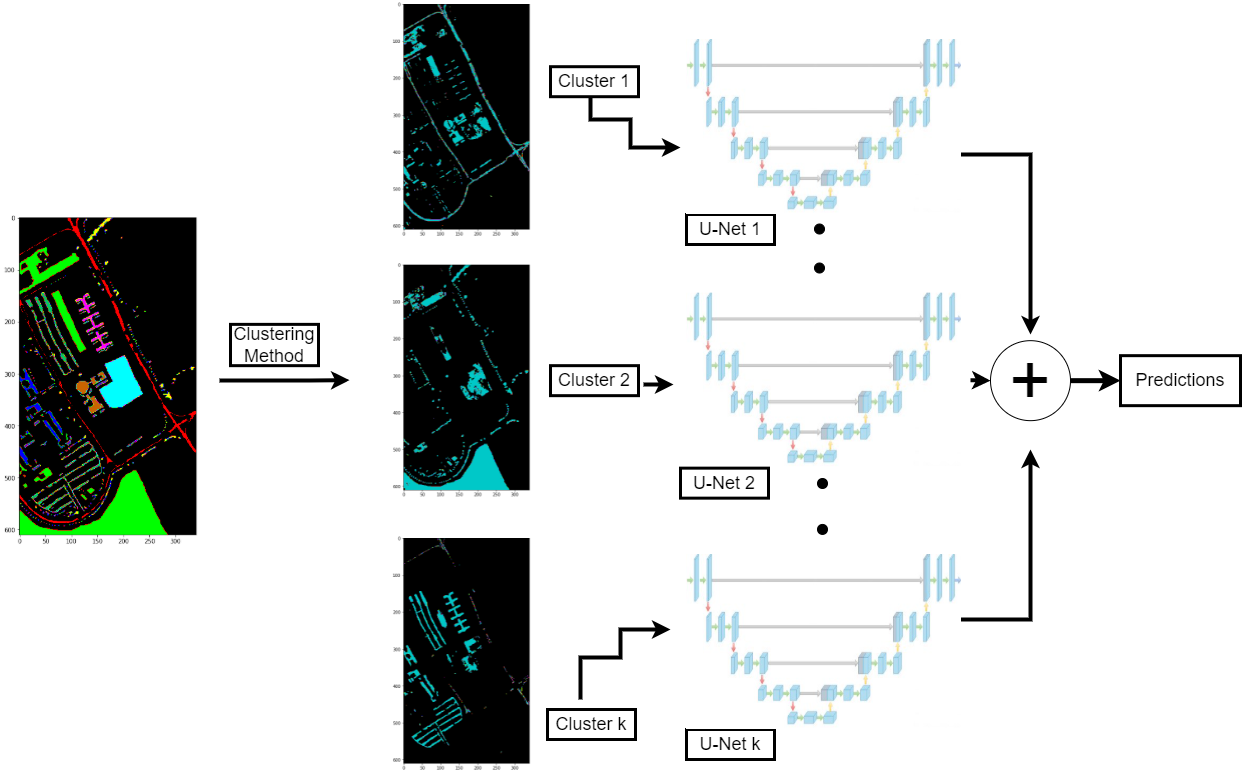
INSPIRES Team Profile: Salimeh Yasaei Sekeh
by Stefania Irene Marthakis
Salimeh Yasaei Sekeh is an Assistant Professor of Computer Science in the School of Computing and Information Science at the University of Maine. Sekeh is also a Computational and Data-Enabled Science and Engineering in Mathematical and Statistical Sciences (CDSE-MSS) NSF awardee as well as a researcher on the NSF EPSCoR RII Track-2 INSPIRES project, where she works on foundations of deep neural network robustness and efficiency. Further, she and her team explore the applications of machine learning algorithms in real-world problems. In the INSPIRES project, she uses her background in machine learning and data science as well as artificial intelligence and deep learning to develop novel approaches within forestry research.

When working with Big Data (large, complex, fast-growing data that cannot be efficiently stored or processed by traditional methods), Sekeh approaches the data with a reliable and efficient prediction process or a decision-making process. To make a robust and accurate prediction from large-scale forestry data, advanced machine learning, in particular deep learning tools, need to be developed to handle large hyperspectral images (digital imagery of earth materials shown as many narrow, contiguous spectral bands).
“Machine learning is a group or a set of the tools that we use in order to extract information from Big Data and map them to a prediction or to a task we are learning,” Sekeh explained. “And that is why we call the tools machine learning because the whole of this map function is interpreted as a machine that learns from the data and makes an accurate prediction or learns a task.”
INSPIRES is based on different research directions, Sekeh’s goal is to take hyperspectral forestry data and use machine learning applications to predict and label specific forestry regions of New England without the strenuous process of going out into the forest and manually labeling specific trees or plants.
In the Sekeh lab, researchers use deep learning techniques (many layers of neural networks that improve the process of machines learning new tasks) to be able to provide a high accuracy rate when segmenting some of these forestry regions of New England.
While deep neural networks (DNNs) play a vital role in the success of modern machine learning in various application domains (e.g., vision, speech, pattern recognition, computational biology), any deep network implementation suffers prominent computational and large memory usage challenges: they are expensive with a long processing time. In addition, DNNs are vulnerable to adversarial examples in which small and often imperceptible perturbations fool the network and change the decision (e.g., class label of an image).
Sekeh explained, “This limits the deep network’s ability to make robust decisions, which is crucial for real-world applications, especially when machine learning solutions are operating in the presence of humans or where the network is under adversarial attacks.”

Sekeh and her research team use a dimensionality reduction technique (making the hyperspectral images smaller and therefore reducing the computational complexity) to combat this challenge and ask this critical question: “How can we reduce the dimensional hyperspectral data and computational complexity of deep networks such that we don’t lose a lot of performance and we maintain the desired accuracy?”
To improve accuracy performance and make robust segmentation, Sekeh and her team implement new techniques inspired by ensemble methods (combining weak classifiers or weak techniques to make them stronger) in machine learning and investigate their robustness toward imperceptible perturbations and noises.
“Under the perspective that each of these units of architecture extract a part of the information from hyperspectral images, we ensemble them in a robust fashion and make them a unit of architecture, resulting in a higher performance versus using a vulnerable individual unit method,” Sekeh said.
Sekeh’s vision for INSPIRES, and the forestry field in general, is to introduce advanced techniques that help drones to collect hyperspectral forestry images specifically from New England efficiently along with other active research topics in the Sekeh lab such as DNN robustness and adversarial machine learning (input data collected from remote sensing that is perturbed and noisy).
“My big mission,” Sekeh stated, “is that algorithms we design in my lab or outside my lab are efficient and have the robustness to provide an accurate performance under environmental challenges (adverse weather or tool issues) for not only computer vision data but also for forestry large-scale hyperspectral data.”
